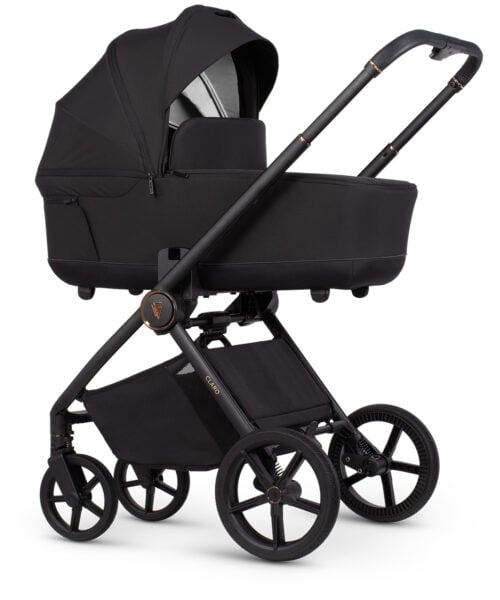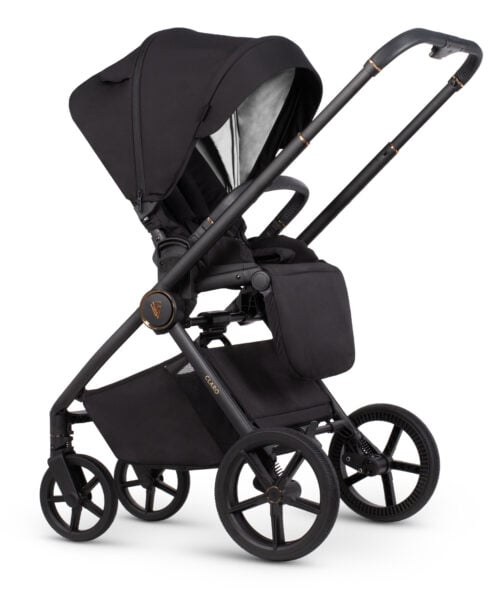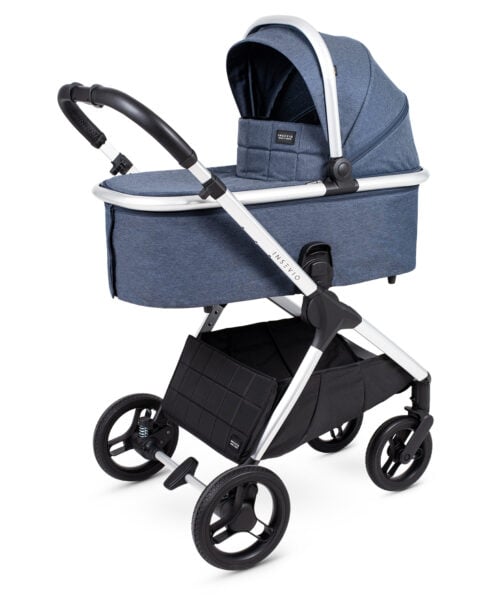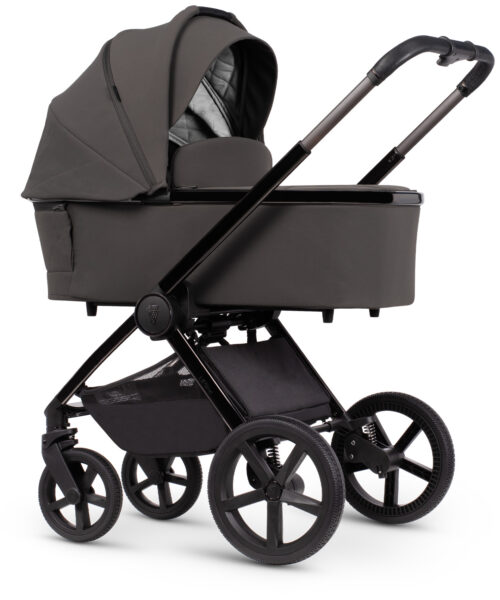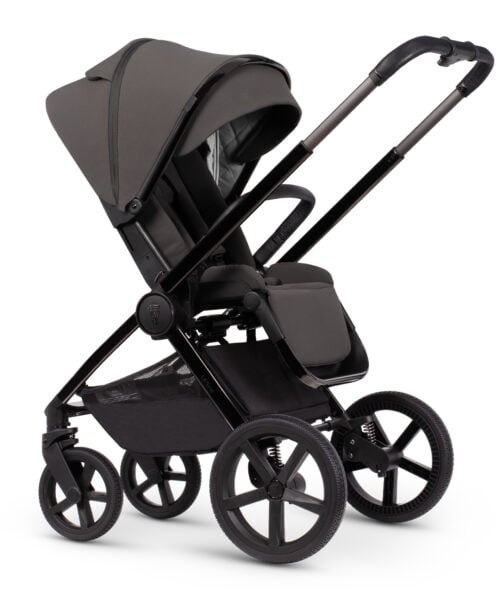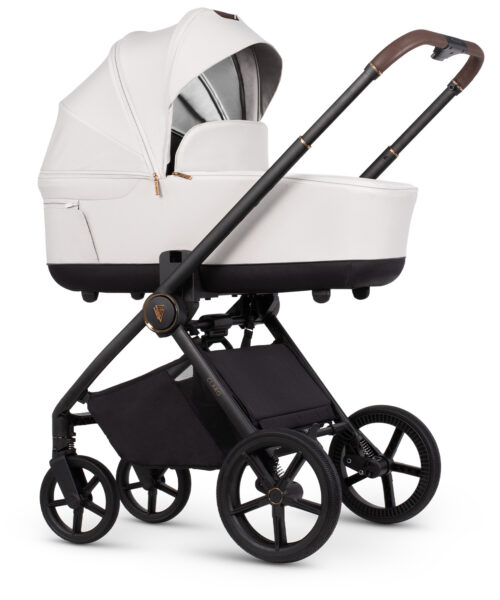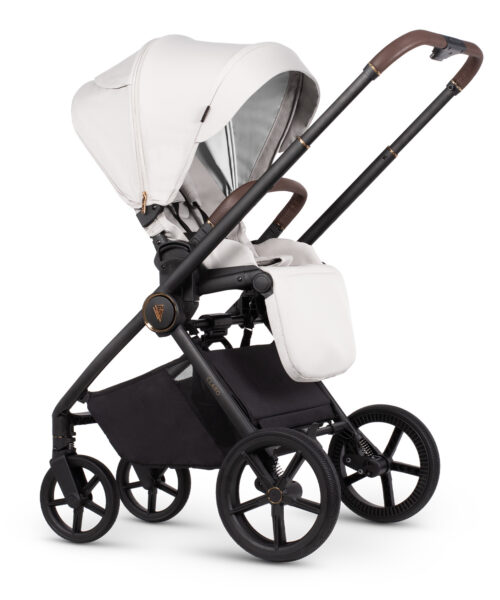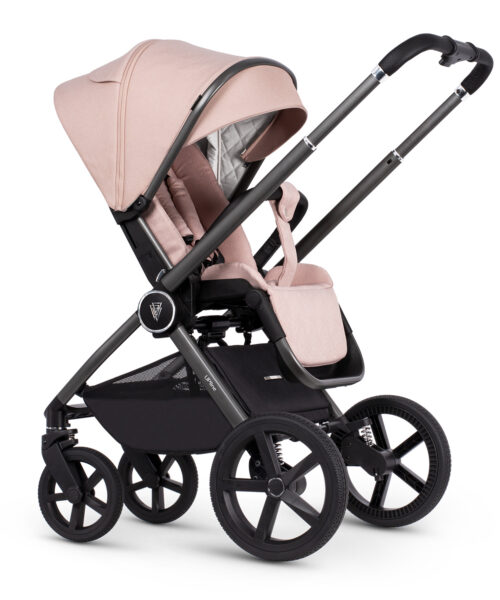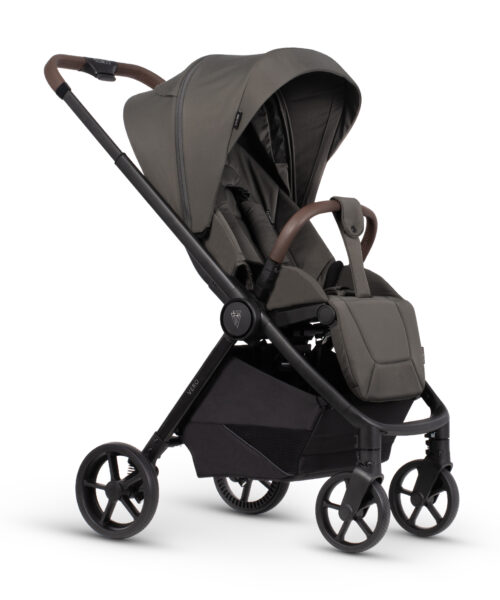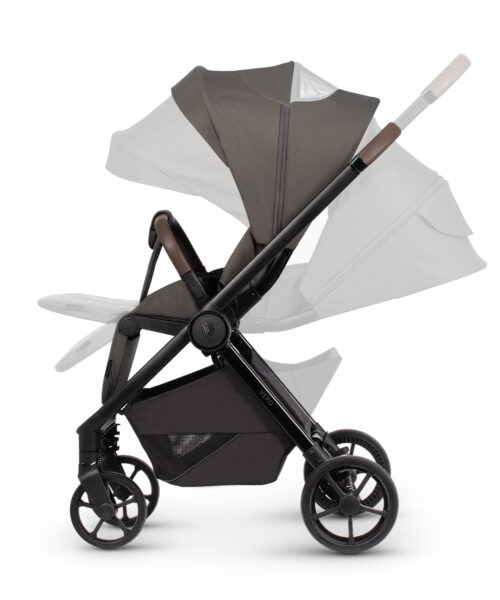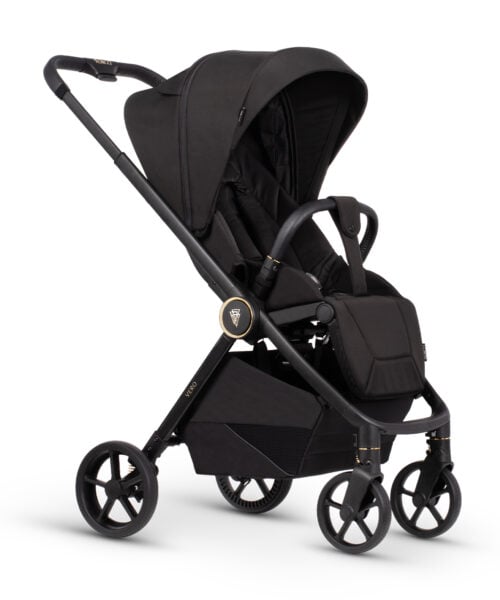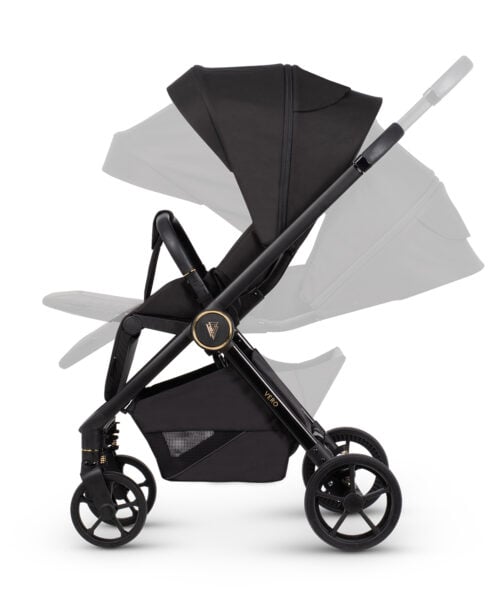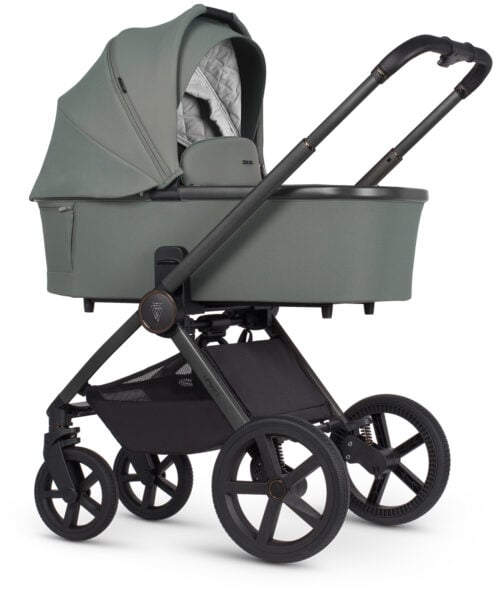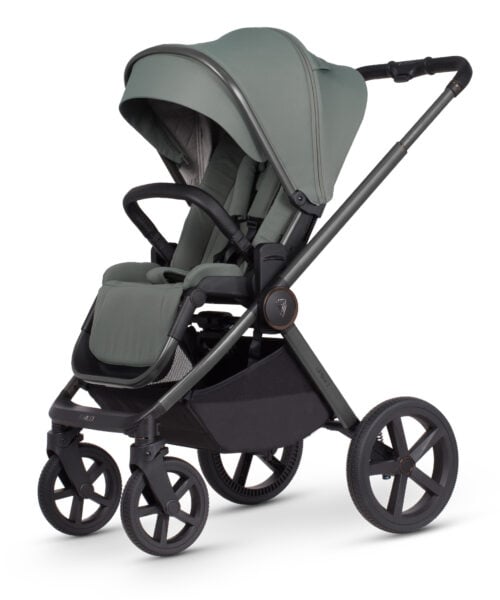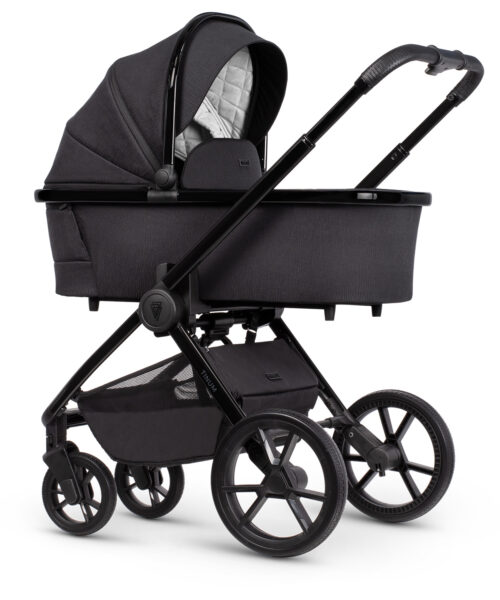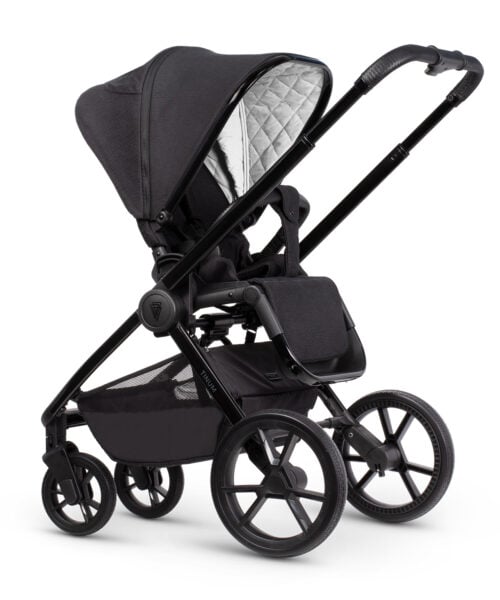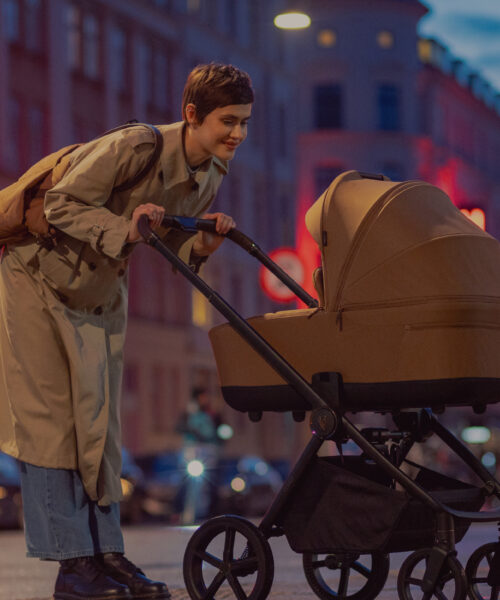The first year of a baby's life many things happen, and they learn new things practically every week. And one of the most fundamental skills is sitting up.
Contents
However, it is essential to remember that a child's development is unique for every individual, and although it can be framed in general terms, these are signposts rather than strict rules. Nevertheless, it is worth knowing them so that you know how to make your child's journey through the world easier – often quite literally, for example, by moving from a pram to a pushchair.
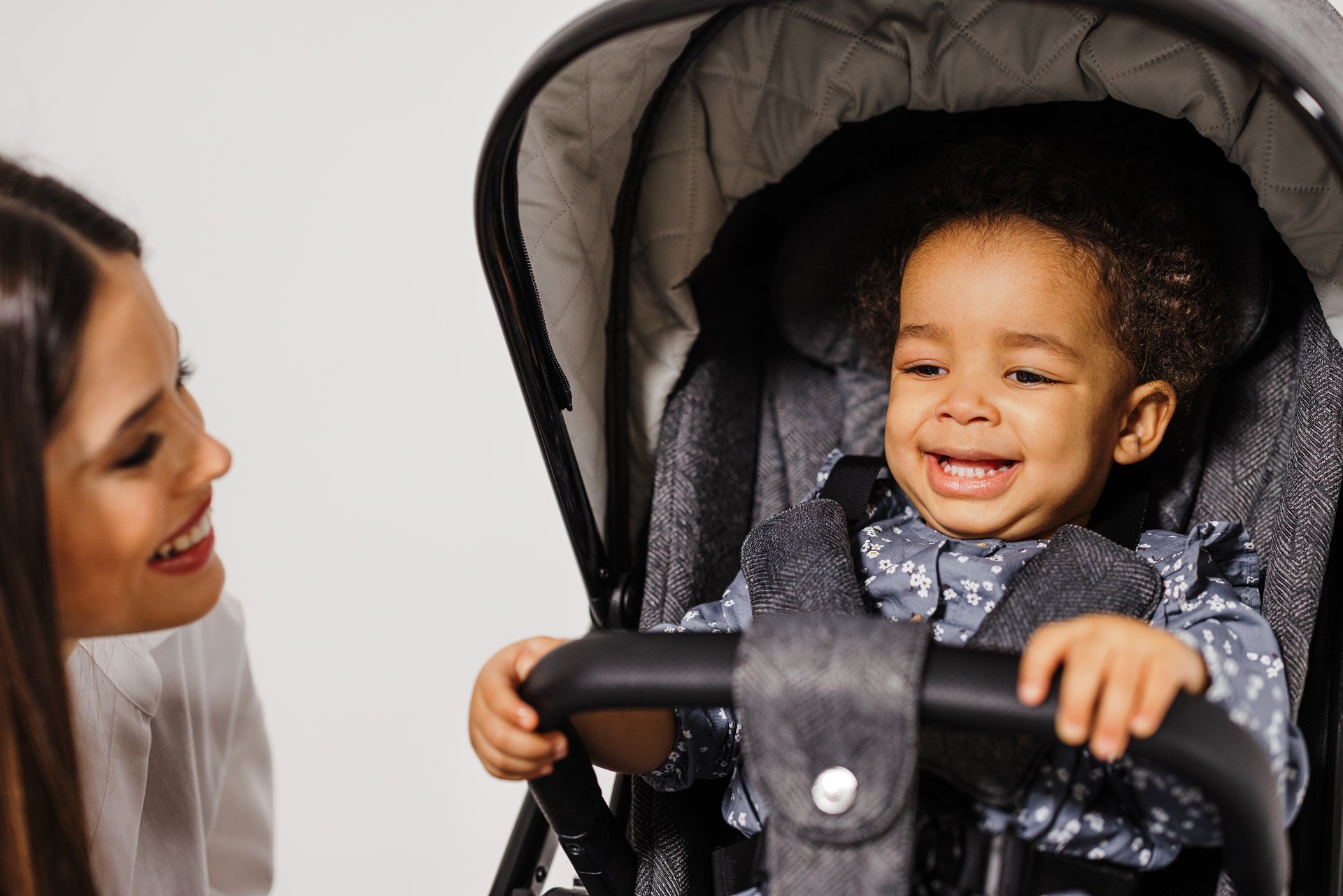
The health risks of sitting too early
Sitting up is an important developmental milestone in every child’s life, but needs time and parental support. Moving to this phase too early can be dangerous for the child. But why?
Babies who sit up too early may have not fully developed the muscles needed to keep them upright, such as holding the head by themselves. This can lead to poor postural development and spinal problems in the future. And a more direct risk is breathing difficulties if the baby’s head falls forward or backward.
Remember that every infant is different and develops at their own rhythm. And although it is generally accepted that a baby is ready to move from a lying position to a sitting one at around six months, it is a good idea to ensure that your child has mastered the ability to sit before making the switch. And if you have any doubts about your baby’s physical development, it is worth consulting your health advisor.
At what age can a baby sit in a pram?
The age when your baby is ready to sit in the pram can differ but it is generally around six to nine months. As mentioned above, a key factor is the baby’s ability to sit up independently and steadily.
What else should you be aware of? Here are a few things to keep in mind:
- Good head and body control – your baby needs good head and body control. They must travel safely in a pushchair with less support than a traditional pram.
- Adapting the pram to your child’s needs – prams come in various styles, so look for functionality when choosing a pram. The baby pram must have an adjustable carrycot that can be adapted to your child’s needs.
- Baby comfort check – observe your baby as you stroll to ensure they sit comfortably and safely. Look out for signs of any discomfort that may indicate the need for a pram adjustment or break.
- Talk to the experts – if you are unsure whether your baby is ready to sit in a pram, talk to your doctor or health advisor. They can provide valuable advice and guidance based on your child’s individual development.
By keeping these things in mind, you can enjoy a safe and comfortable stroller experience for your child.
What type of pram to choose?
The last but not least is to find the best pram for your baby. There are dozens of options on the market, differing in colour or design and, perhaps more significantly, in functionality. Choosing the right one is a key element in your child’s comfort and safety when out for a stroll.
There are different types of baby prams, such as deep prams, pushchairs, and multi-purpose prams also known as Travel Systems (2-in-1 or 3-in-1) – we have a wide selection in our online shop as well. Deep prams are best for babies because they are designed to lie flat. Pushchairs are suitable for older children who can sit upright. And finally, Travel Systems offer flexibility because they can be adjusted as the child grows, which is convenient and often economical.
Read our short guide “When Can a Baby Sit in a Front-Facing Stroller: A Guide for Parents”, to make your choice easier!
Remember, the best baby pram is the one that meets your individual needs and preferences while providing comfort and safety for your child. Take a look at our suggestions, and we are sure you will find a pram that will be the perfect companion for your journey together.



